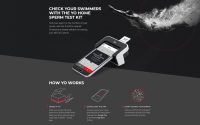Mobile App Success Story: Photomath
Do you think math is hard? That’s because you didn’t use the right tool. Photomath is an innovative mobile app which shows users how to solve different types of problems. Sounds great? Well, it really is. Now that you already downloaded it, let’s see if it also provides some useful solutions for mobile marketers.
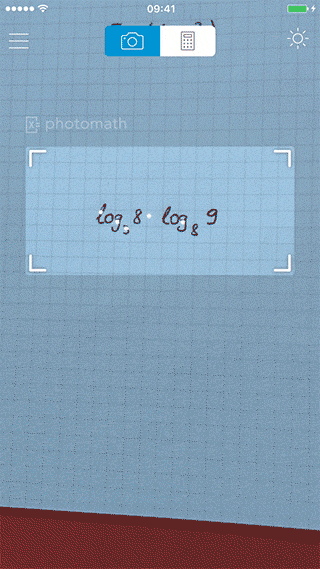
Brilliant Idea
PhotoMath was created by MicroBlink, a Croatian company focused on providing mobile tools based on machine vision technology. Everything started in 2012 when the team created a service for improving bill payments. In 2014, they took advantage of their innovative solution called blinkOCR and experts from MicroBlink built Photomath and launched an iOS version at TechCrunch Disrupt Europe in London. A year after that, the app was available also for Android users. Even though it was considered a side project for promoting the services offered by MicroBlink, Photomath became a standalone company, due to its phenomenal success.
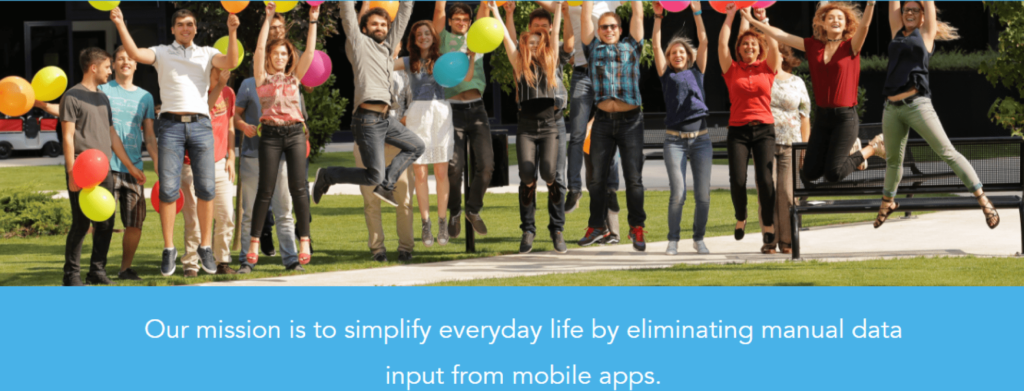
How Photomath Did It
It is known the fact that Photomath changed the way high school kids learn to solve equations and other complex problems, but let’s understand the mechanism behind its popularity.
Great UI/UX
Even if this is obvious, we’re going to say it. Everything begins with the way Photomath completes its tasks. The onboarding flow is very engaging and it proves how easy it is to use the app. But the best advantage is that the app solves math problems in real time. Although Photomath offers an option for manual input, it would be a tedious process for children to type all the data and to wait for a while to receive an answer for their homework. For this reason, the app launches the camera from the start, allowing users to scan the text and after a few seconds the solution is on the screen along with the steps used to get there. In certain cases a graph can be drawn for a better understanding of the problem. As we always say simple user interface offers great user experience.
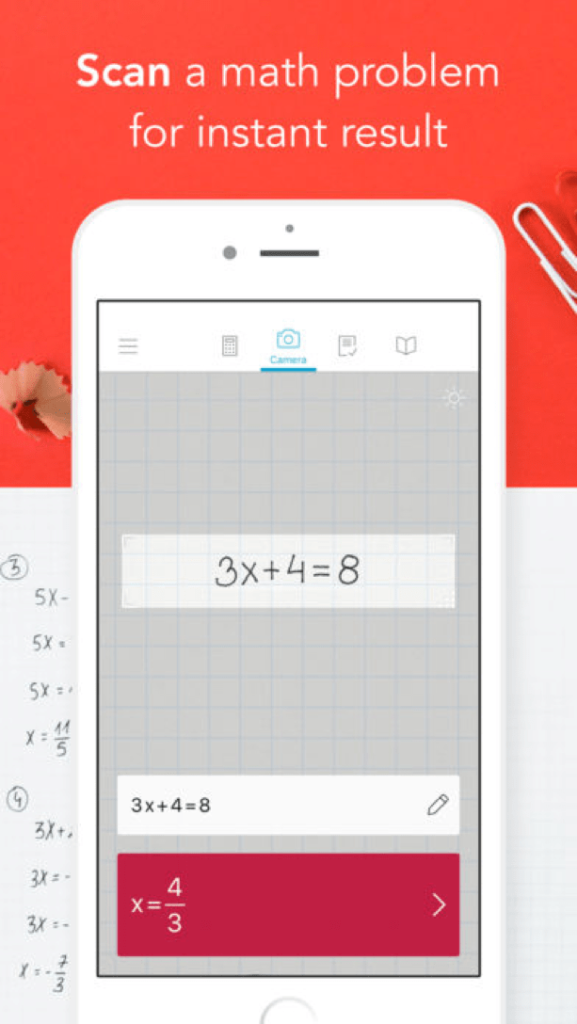
Smart Technology
You probably wonder how is it possible to solve a math problem so quickly and so accurate. Even though it seems simple, behind this math assistant is a really complex algorithm generated by advanced neural networks and deep learning technology. This service provides amazing advantages. For example, the average recognition time is 500 ms and it can be used in areas without internet connection. The low memory footprint is definitely a plus because everybody struggles with this issue and the fact that it provides results even in low light environment and it detects text at angle makes this tool very useful for all types of users. If you want to know more about BlinkOCR, the machine learning – based tool which helps developers to convert a mobile device into a math teacher, we recommend you to read the detailed description offered by MicroBlink.
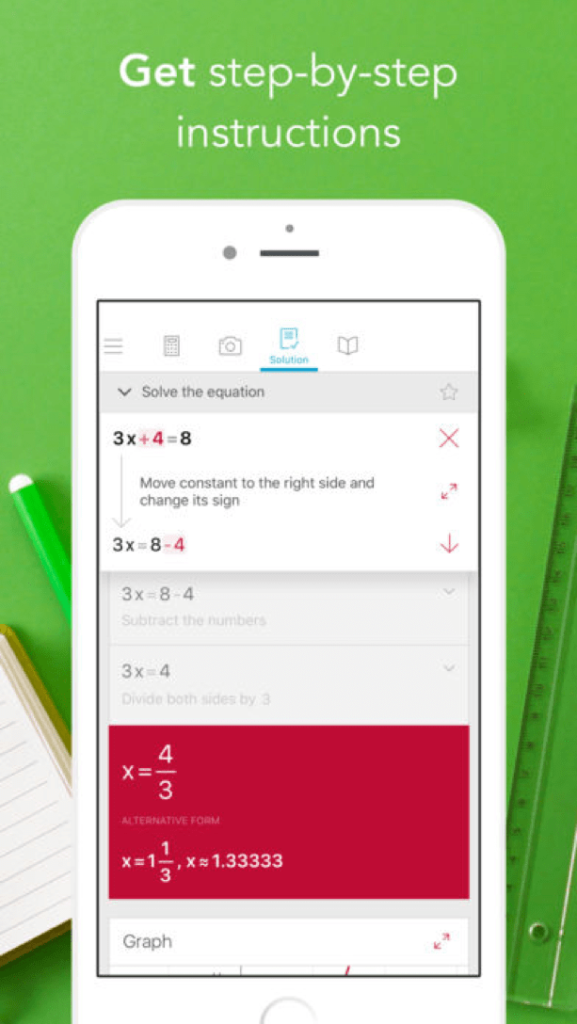
Business Model
Photomath is free to download and use. It doesn’t contain ads and it doesn’t offer any in – app purchase items. The reason for this strategy is that Photomath wasn’t created with the intention to generate revenue for the development team. Its main purpose was to attract a big number of customers and to increase brand awareness. MicroBlink wanted to draw attention over their products and to demonstrate that their technology can be used in multiple situations. From banking to education and from tourism to healthcare, many industries can take advantage of this innovative tool for removing manual input. The best part is that customers can try the SDK before buying it to see if the solution fits their needs. And they can also discuss with the team about their use – cases.

Localization
It’s been a while since our last talk about localization and Photomath is the perfect example to remind you that modifying the app according to users’ demands is mandatory for providing high quality service for all customers. The app offers solutions not only for English kids but for all students, worldwide, no matter their native language. Moreover, developers added an option inside the app that allows users to change it according to their nationality. As we said earlier, a simple menu helps users to focus on what is important without losing time struggling to make the app functional. After all, this is the key for an app to succeed. But as you all know it is harder than it sounds to offer the best experience for all groups of users.
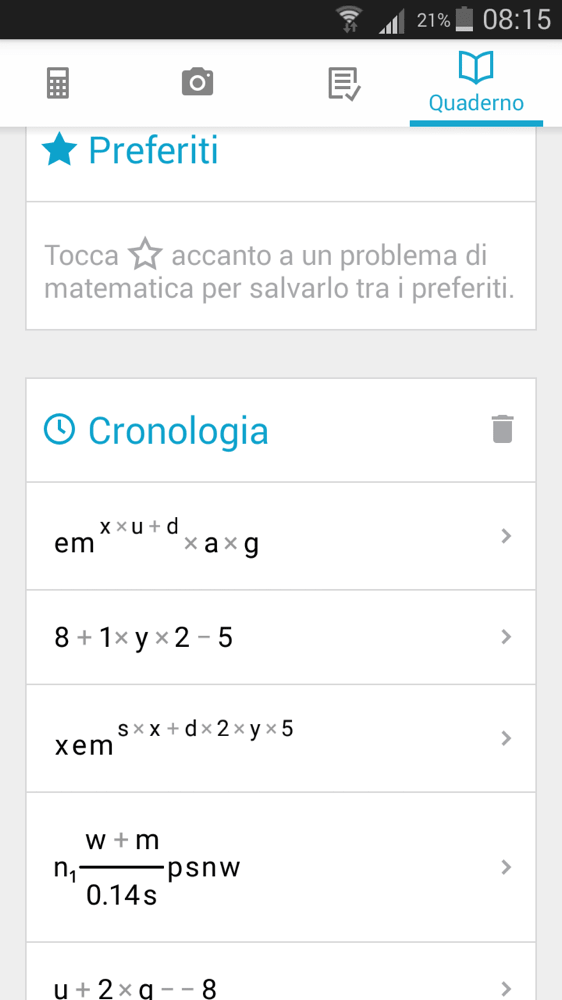
Bonus Tip: Continue To Improve Your Work
Even if Photomath was launched as a side project, the results obtained were spectacular. The app was covered by the main tech sites and it also won 4YFN competition in Barcelona. At first, Photomath didn’t offer handwriting recognition or graphs but developers continued to work hard and to add more features for obtaining better engagement. In case you are asking how they knew what to implement in order to satisfy their customers, the answer is simple. They just asked their audience. Inside the app, there is an option which helps customers to understand the app or to handle various issues that may appear. In case their question isn’t listed there they can send a request. Moreover, after each solution customers have the opportunity to share their impression about the app. This direct approach allows developers to focus on users’ demands and offers users the chance to express their ideas. Remember this facility when you want to reach your customers and to obtain their feedback.

Final Thoughts
Photomath generates a win – win – win situation which is a rare behavior for an app. First of all, it is without doubt the perfect tool for students who struggle with math because it allows them to understand the logic behind a solution. Secondly, it helped its creators to promote their services and to attract many customers interested in the technology which makes this app so efficient and so easy to use. And thirdly, its journey from the beginning until today teaches us how to create a wonderful experience for all users, even though the app is based on a very complicated machine learning algorithm. We can say that Photomath represents an important lesson for all app owners who don’t know what to do to attract potential users. The main takeaway from this story is that an app can be the best solution for increasing the value of a business.
